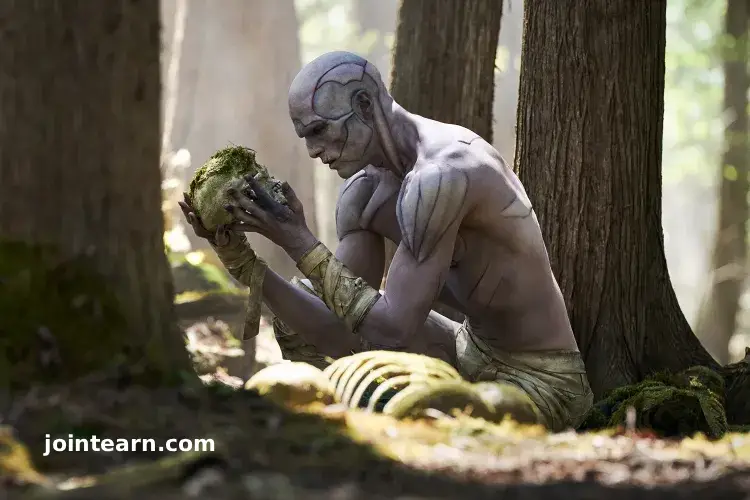
Fans of Mary Shelley’s iconic novel Frankenstein; or, The Modern Prometheus may find Guillermo del Toro’s 2025 film adaptation a surprising take on the classic tale. Premiering on Netflix on November 7, the sci-fi Gothic film stars Oscar Isaac as Victor Frankenstein and Jacob Elordi as the Creature, exploring the turbulent journey of creation, neglect, and redemption in a story that balances horror with human emotion.
While del Toro stays largely faithful to the source material, his modern adaptation introduces meaningful changes, especially in the film’s ending, offering a sense of hope and reconciliation rather than the purely tragic conclusion of Shelley’s original text.
How Does Frankenstein (2025) End?
The film follows Victor Frankenstein as he conducts his controversial experiment to create life after death, resulting in the Creature. After the murders of his brother William (Felix Kammerer) and sister-in-law Elizabeth (Mia Goth), Victor dedicates himself to hunting the Creature, culminating in a climactic Arctic pursuit.
Victor is eventually discovered by a stranded group of sailors and recuperates on their trapped ship. While recounting his story to the ship’s captain, Anderson (Lars Mikkelsen), the Creature boards the vessel.
Unlike the book, the Creature does not seek revenge. Instead, he shares his experiences of neglect and abuse, prompting a profound moment of reflection for Victor. Recognizing the harm he has caused, Victor apologizes and urges the Creature to live his life fully before succumbing to his injuries.
The Creature, now at peace with his creator, helps release the ship from the ice. The film concludes with the Creature staring at the sunrise with a quiet, hopeful smile, signifying a new chapter of acceptance and growth.
Differences Between the Film and the Book
While both Shelley’s novel and del Toro’s adaptation feature Victor telling his story to a captain in the Arctic, the outcomes diverge sharply.
In the book:
- Victor dies while aboard the ship before he can hunt the Creature further.
- The Creature arrives too late, mourns Victor’s death, and plans to end his own life by burning himself on a pyre.
In del Toro’s film:
- The Creature is immortal, unable to die, and forgives Victor.
- The ending emphasizes reconciliation, catharsis, and the potential for a hopeful future rather than finality and tragedy.
This divergence highlights del Toro’s intention to explore empathy, forgiveness, and the human experience, giving the Creature a chance at agency and personal growth.
The Meaning Behind the Ending
The sunrise in the final scene symbolizes rebirth and the enduring possibility of life, despite trauma and imperfection. The Creature’s smile reflects a newfound sense of hope and freedom, emphasizing the director’s vision of the story as a meditation on kindness, humanity, and breaking cycles of abuse.
Del Toro underscores this theme with a quote from Lord Byron’s Childe Harold’s Pilgrimage:
“The heart will break and yet brokenly live on.”
This message captures the essence of the Creature’s journey: despite suffering and rejection, life continues, and it can still hold moments of joy and connection.
Guillermo del Toro on the Film’s Ending
In an October 2025 interview with Man of Many, del Toro explained his creative choices:
“The movie has sort of a circular structure. It starts with the sun rising on the captain on the ship, and ends up with the sun rising on the Creature… If the idea is that he’s going to live forever, can he still welcome the sun? Can he still welcome being alive?”
He continued:
“Imperfection is the condition of life… The movie makes peace with that and forgiveness and what it is to be human, which is to be capable of seeing the other. It’s probably one of my most hopeful endings, in a strange way.”
Del Toro’s adaptation, therefore, transforms Frankenstein into a story not just about horror or revenge, but also about redemption, understanding, and hope—a fresh perspective for a modern audience.


Leave a Reply